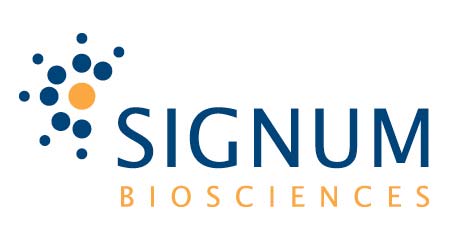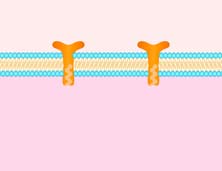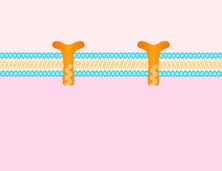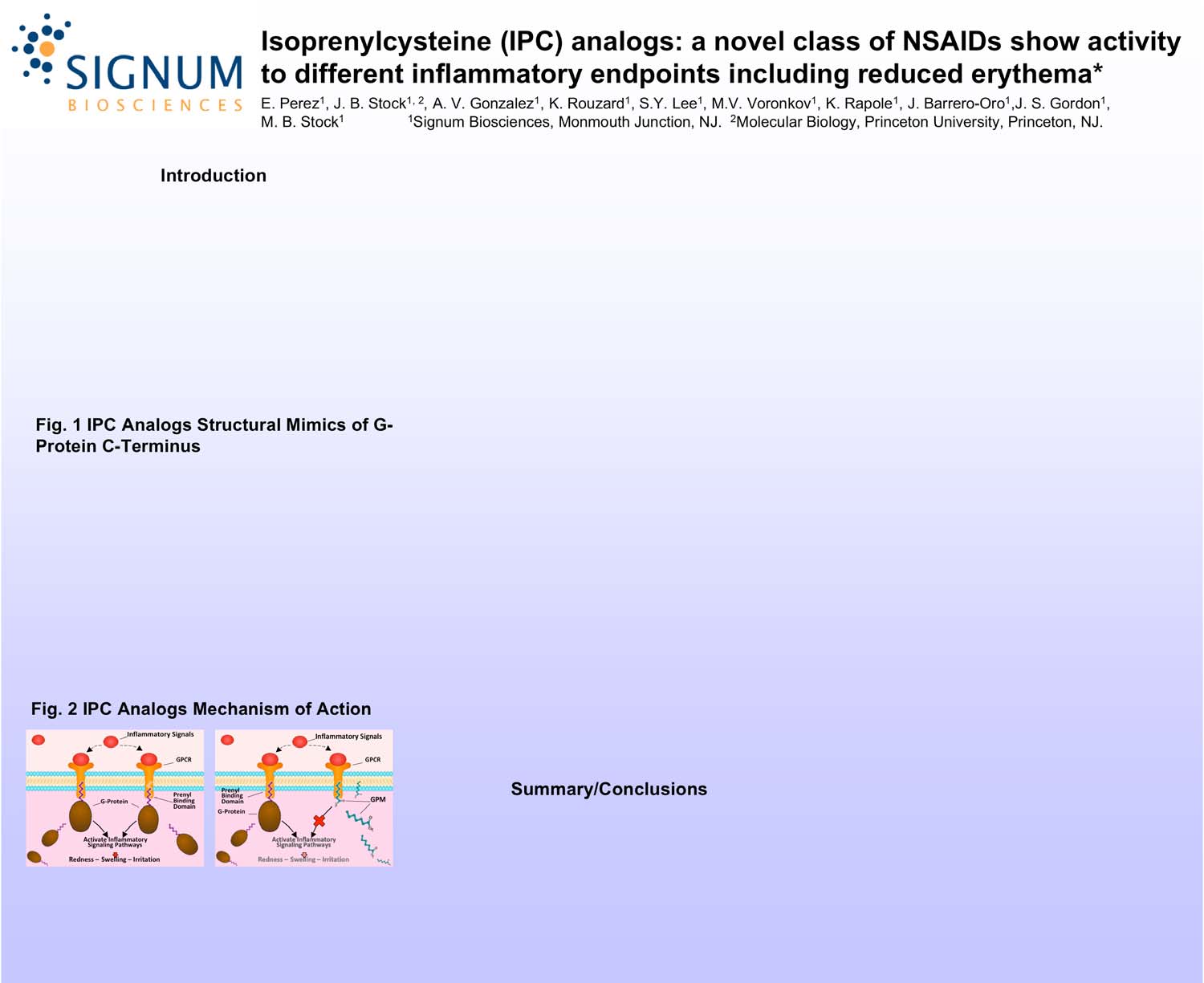Behandlings veiledning
Dermale Fillerere (Juvederm, Restylane, Teosyal) er ikke kirurgiske behandlinger for kontourering og redusering av linjer og rynker i ansikt, hals og decollté og for få fastere og mer ungdommelig utseende. Medisiner som kan øke fare for blåmerker, må unngås 7 dager i forkant av behandling. • Aspirin • Ibuprofen • Johannes urt • Omega 3 fettsyrer (Fiske olje) • Vitamin E •



 Isoprenylcysteine (IPC) analogs: a novel class of NSAIDs show activity
Isoprenylcysteine (IPC) analogs: a novel class of NSAIDs show activity